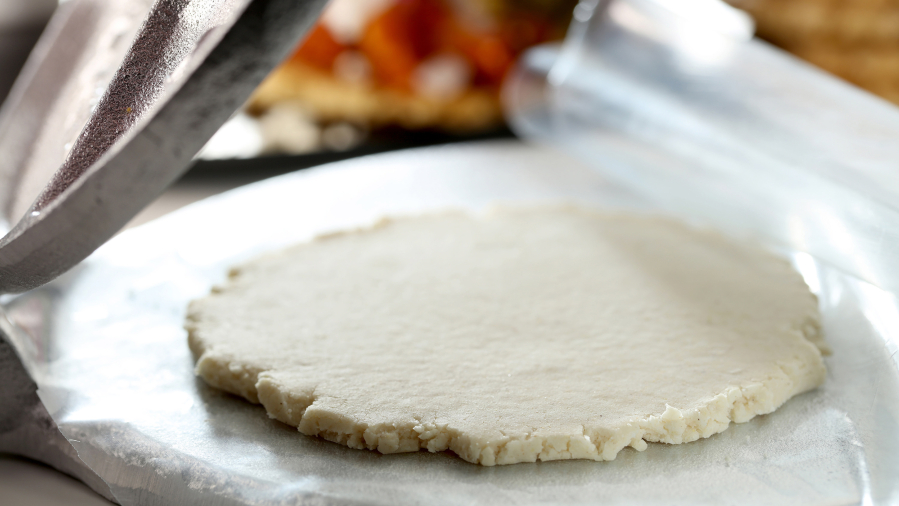Walk into a Taco Bell to order a gordita, and what you get will bear little resemblance to the traditional Mexican dish of the same name. At Taco Bell, a gordita is more akin to a pliable pita flatbread, stuffed with the fast food chain’s usual suspects of ingredients — watery tomatoes, shredded lettuce, a sprinkling of cheese, a dollop of sour cream and whatever meat the fast food giant is promoting that day.
Head south of the border, though, and you’ll encounter something completely different. Resembling a corn cake and similar to the arepa, its Venezuelan cousin, a gordita is a classic street and lunch food throughout central and northern Mexico, easily enjoyed thanks to its portable size. The gordita — which translates to “chubby one” or “little fat one” — is a pastry made with masa, the same traditional cornmeal dough used to make tortillas, and stuffed with cheese, meat or other filling.
It doesn’t take much for a tortilla to become a gordita — just pack the masa a little thicker, and you have the basic technique. We’re talking a mix of simple masa harina (a widely available corn flour), water, salt and, if desired, lard. (Why not? Live a little.)
Typically shaped narrower in diameter than a traditional tortilla, it’s not folded over like a taco. Instead the gordita features a slit on one side that cools down the dough disk after cooking while simultaneously creating a pocket for stuffing.



